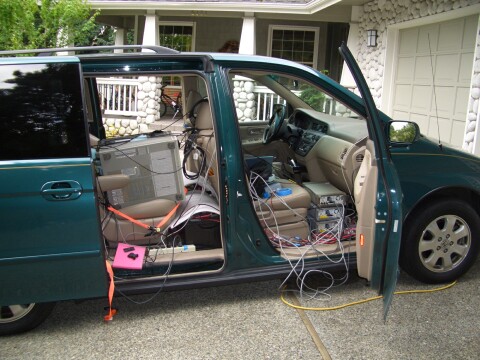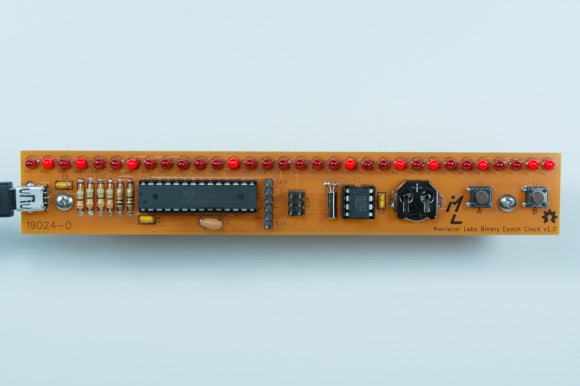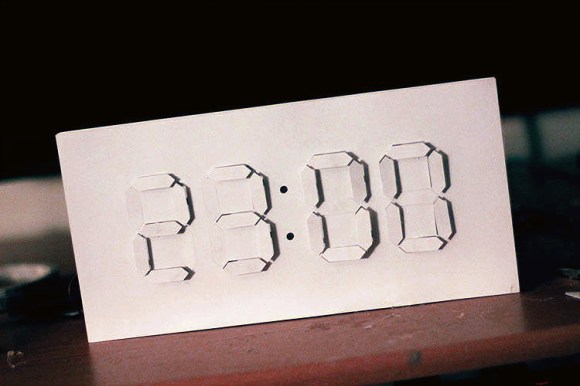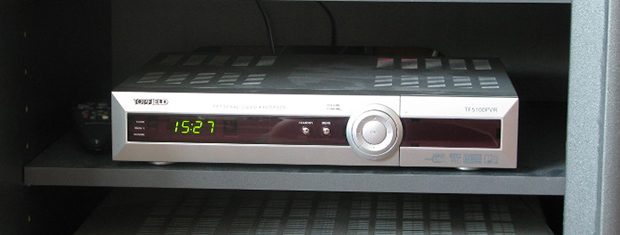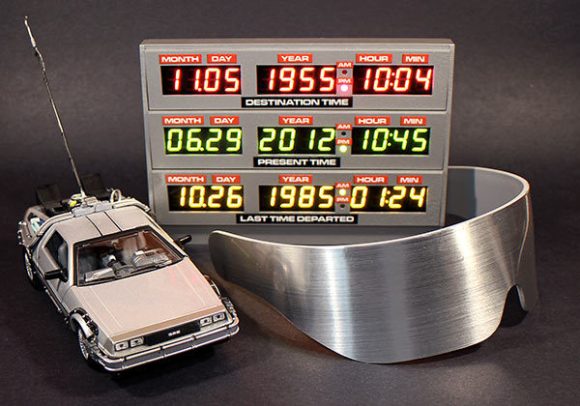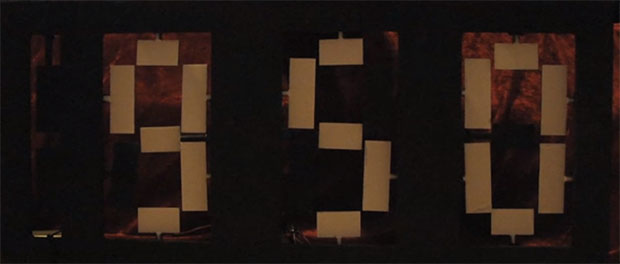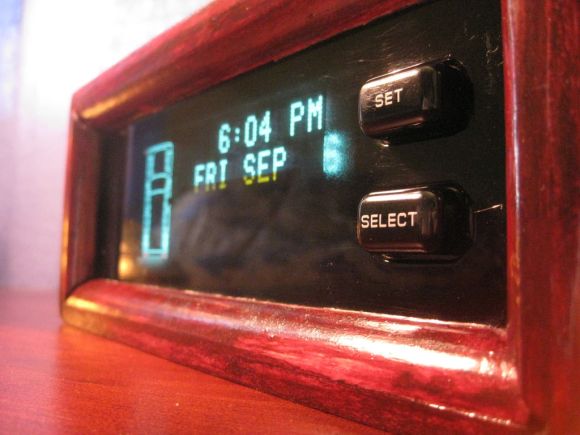
This display is easily recognizable by the buttons and the outline of a vehicle to the left. It’s a Vehicle Information Center (VIC) from a Jeep Grand Cherokee. [Florlayamp] discovered a row of the vehicles in a junkyard, all with the displays still intact. He grabbed one and turned the VIC into a desk clock. What would you pay for such a fine piece of used electronic hardware? How about six bucks? Yeah!
Getting it running couldn’t be simpler. It’s all set up to be programmed and run on it’s own. A bit of searching around turned up a schematic to figure out which wires are for power. It took some time to figure it out, but the thing draws about 2A so finding a worthy wall wart was a must.
Now that he was sure it would work [Florlayamp] started on the case build. It’s poplar with quarter round to frame the display. On the back you’ll find a single rocker switch.
Usually we see the opposite of this, adding displays to the dashboard instead of salvaging them.

